As begins the festival of Navratri, the atmosphere of the whole country starts reverberating with the sounds of bells, counchs, mantras, shlokas, aartis, and havans.
From the western region echoes the sounds of Do-taali, Teen-taali, raas, hinch etc. , forms of Garba and Dandiya being collectively played in almost every street and locality to the soulful songs of Maa Amba, Lord Krishna (with a pinch of filmi tadka too, nowadays) and the Eastern region fills the air with the sounds of Dugga-Dugga as people gear up for Durga Pooja celebrations.
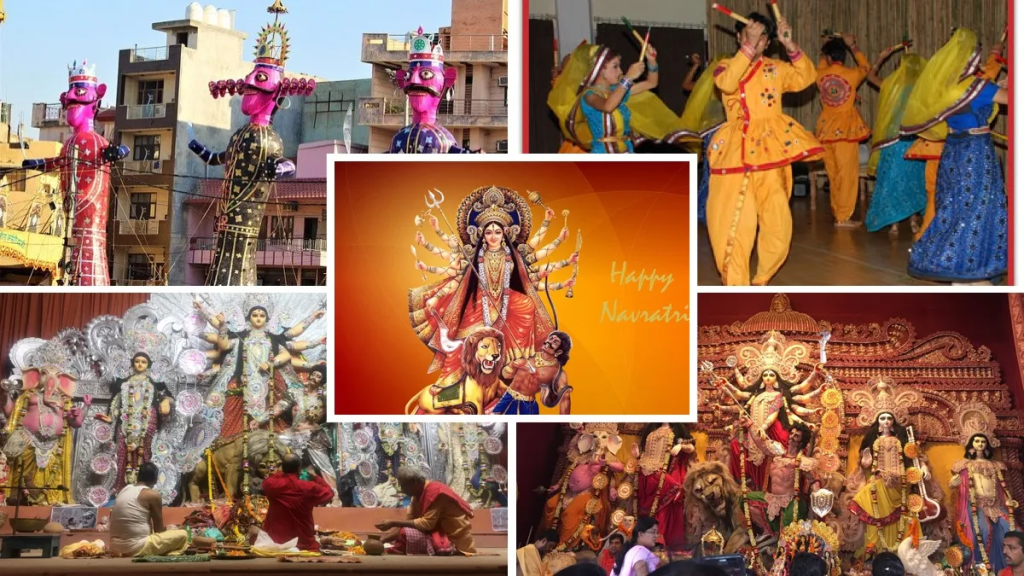
Navratri in the Southern region is a bit different but equally grand as in other parts of the country with people of Tamil Nadu making an assembly or darbar of dolls of Golu/Kolu called Bommai Golu in Tamil Nadu and Bommala Koluvu in Telugu and displaying them on wooden steps, as the women folk engage in singing hymns in praise of the three major forms of Mother Goddess—Saraswati, Lakshmi, and Durga. And Northern India boasts of fasts, early morning visits to temples, Kanya-Poojan (Kanjak), and Mata ke Jagraate, held almost all the nine days of Navratri at various places all across, either community organized or as personal reverence to the Mother Goddess.
Let’s feel the aura of a Jaagran ki Raat through this blog today.
Mata ka Jagraata
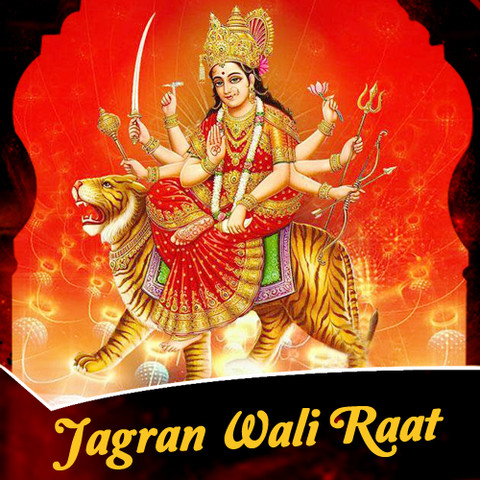
Mata Ka Jagrataa or Jaagran as it is called starts post-dinner and continues till the wee hours of the morning.
In beautifully decorated pandals, a stage is set, on which the idols of Maa Saraswati, Nidra Mata, and Lord Hanumanji adorned with flower garlands are placed. Maa Saraswati who is believed to be the goddess of wisdom, intellect, knowledge, music, and art is prayed to. Apart from her Nidra Devi is also worshipped because it is considered essential to conquer sleep to get the blessings of Saraswati Maa.
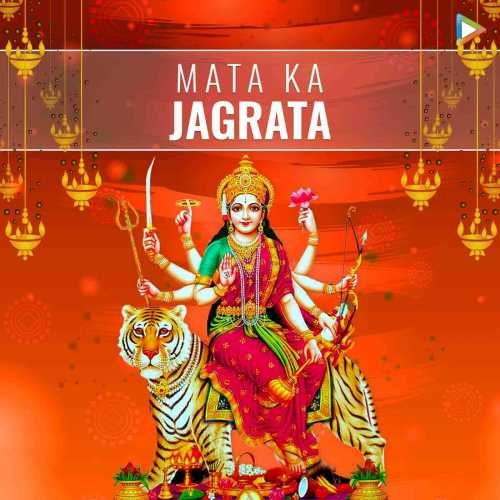
Worship of Bajrang Bali or Lord Hanuman is also mandatory as he is considered to be the associate of Maa in her legend of victory over evil and stays like a shadow with her always. The awakening of Mother Divine starts with the recital of Hanuman Chalisa.
Kalash Sthapna is one of the most important steps in any pooja and so it is in Jagraata too as Kalash is considered to be the symbol of power of deities, places of pilgrimage etc. Establishment of Kalash fulfills the wishes of happiness, prosperity, wealth and good luck. It is believed that Lord Vishnu stays in the mouth of Kalash, Shankar ji in its throat and Brahma ji in its root. The Mother Divine resides in the central part.
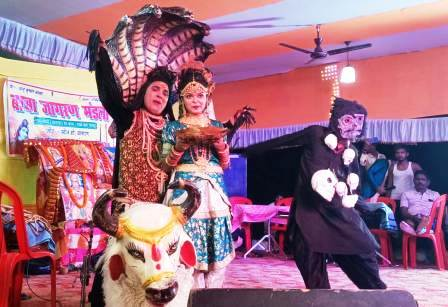
Small children dressed up as Maa Durga, Hanumanji, Lion, Krishna, Sudaama, etc. beautifully act on the bhajans sung by artists and people dance to the music and bhajans in praise of Mother Goddess. It is also mandatory to recite Durga Saptashati ( It’s considered to be a very powerful and fruitful lesson) during Jagran.
A different type of positive energy seems to flow in the court or ‘Mata Rani ka Darbar’ as it is popularly called. Dinner is served parallelly to all the invitees and then as the night progresses, the story of Tarawati starts just before dawn.
The story of Tarawati is a very important part of the Jagran. In fact, Jagran is considered to be incomplete without the narration of Tarawati ki katha.
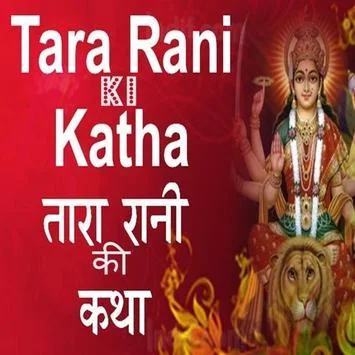
As the legend goes King Sparsh was an ardent devotee of Maa Durga. He had all royalty, wealth, and luxuries that any mortal desires, but the sorrow of not having a child haunted him. He prayed to Mother Divine to bless him with children. Maa Durga pleased with his prayers granted him the boon of having two daughters. After a few months, his first daughter was born, who was very auspicious according to the astrologers and she was named Tara.
After some time another girl was born to him but according to his astrologers, that girl was very unlucky and would bring misfortune to him. The king was very sad at hearing this and asked them what he had done that such a child was born to him. The astrologers with their knowledge inferred that both these girls were apsaras in the court of Indra who in their previous birth had come to mrityulok to see how people lived.
On Ekadashi day the elder sister Tara gave some money to her younger sister Rukman asking her to buy fruits from the market for their fast. Rukman saw fish pakoras being fried in the market. With her share of the money, she bought those pakoras, and with the rest of the money, she bought fruits for her sister Tara. When Tara came to know about this she cursed her saying that since she had consumed non-vegetarian food during Ekadashi, she would become a lizard in her next birth and so it happened.
In the same region, a sage named Guru Gorakh lived with his disciples. One of his disciples who were very arrogant went to sit in penance in solitude with his ‘kamandal’ filled with water. A thirsty cow named Kapita drank water from his kamandal and as she was taking her mouth out of it, the sound of the empty kamandal disturbed his penance. He got angry and badly hit the cow with his tongs. When Guru Gorakh came to know about this, he expelled him from his ashram.
After some time Guru Gorakh arranged a yagna at his ashram. To take revenge, that disciple of his dropped a dead snake in the kheer made for prasad. Rukman who was born as a lizard witnessed all this and recollecting the lessons of humanity from the last birth she jumped into the prasad in front of the prasad distributors.
People cursed as they threw away the prasad but when they saw the dead snake after emptying the vessel they came to know about her intention to save so many lives even if it meant sacrificing her own life. Hence they all prayed that she be born as a good human in her next birth and finally attain moksha-salvation. Hence she was born to King Sparsh.
Here his astrologers advised the king that as the girl would bring a bad omen it would be better to get her killed. But the king disagreed with it and hence the girl was packed in a wooden trunk laden with loads of gold and silver and thrown in the river. Near Kashi, a man of the lower class saw the trunk and took it out of the river, and brought it to his home. The couple was childless and so very happily accepted the child as Maa’s blessing.
The girl was named Rukko by them. As time elapsed Tara was married to king Harishchandra of Ayodhya, where Rukko used to go for cleaning work. Tara recognized Rukko, by the virtue of her previous birth. She told her that they were real sisters in their previous birth and her past and that now she should serve Maa Bhagwati to attain salvation. The queen told her that Mata Vaishno Devi who fulfills all desires and those who perform Jagran to please her, their desires get fulfilled by her.
Rukko accepted her advice and said that she would perform Jagran after Mother Divine graced her with a son. Months later a beautiful son was born to her but unfortunately, she forgot to pray to Maa Bhagwati. As her son turned five he developed smallpox.
Rukko came to Rani Tara and told her about the problem when Tara reminded her that she had forgotten to pray Maa Bhagwati after her son was born and now she should go and perform Jagran at her place. She went to the temple to ask the priest to come to her place, who in turn asked her to give him the money and he would perform prayers in the temple on her behalf. She questioned that when Maa Bhagwati doesn’t differentiate between her devotees why then he is differentiating?
He then said that if the queen agrees to attend the pooja he will definitely perform pooja at her place. Rukko invited the queen and she readily agreed but the king’s barber told the king about this. He cut his finger a bit so that the pain wouldn’t let him sleep and his queen wouldn’t be able to go there, but by the grace of Mother Divine he dozed off to sleep and the queen left for Rukko’s place.
Harishchandra woke up from his sleep after a while and started following the queen. He was saddened to see her at Rukko’s place accepting prasad from her, questioning her that how she expected him to eat the prasad distributed at her place.
As she returned to the Palace the king blocked her way saying that she had corrupted her religion by visiting and eating at Rukko’s house, and how she could even think that he
would eat the prasad brought by her. He had been informed that taamsik food was being distributed as prasad but when he asked the queen to show him the prasad, he was surprised to find flowers, fruits, dry fruits, betel nuts, rice, and other items in her bag.
She then lighted a fire without using match sticks or any other material with the blessings of Maa Jwala and said to the king that Maa demands Bali, which is the ultimate sacrifice. So if he can sacrifice his son Rohitashva, he would definitely get Maa Bhagwati’s blessings. Harishchandra with a desire to just see Maa once sacrificed his only son before her. Maa Bhagwati riding a Lion appeared before the king and said that she was pleased with his ultimate devotion, faith, and belief. She also blessed his son giving him a second life.
Maa Bhagwati also praised Tararani for her ultimate devotion and blessed Harishchandra, Tararani, and Rukko that they would attain salvation for mrityulok and then disappeared. Devotees who listen to this story are said to attain happiness, and prosperity and their wishes get fulfilled and their enemies are eliminated by the grace of the Mother Goddess.
After the narration of Tarawati ki katha is done, Hanuman Chalisa is recited and Hanumanji is worshipped and then the ‘poornahuti’ is done and Aarti is performed in the wee hours of the morning, after which prasad consisting of dry fruits, halwa and chana are distributed amongst the devotees as they leave after seeking Maa Bhagwati’s blessings.
Nowadays due to govt. restrictions on time limit to play DJ, loud volume speakers, etc., Jagran’s have been replaced with ‘Maata ki Chowkis’ which start during late evening hours & end till midnight. But the inherent essence of ‘Maata ka Jagraata’ still remains the same as before.
Jaikaraa Sherawaali Maai Ka, Bolo Saache Darbaar ki Jai…..
Jaikaraa Mahamaayi Ka, Bolo Saache Darbaar ki Jai….


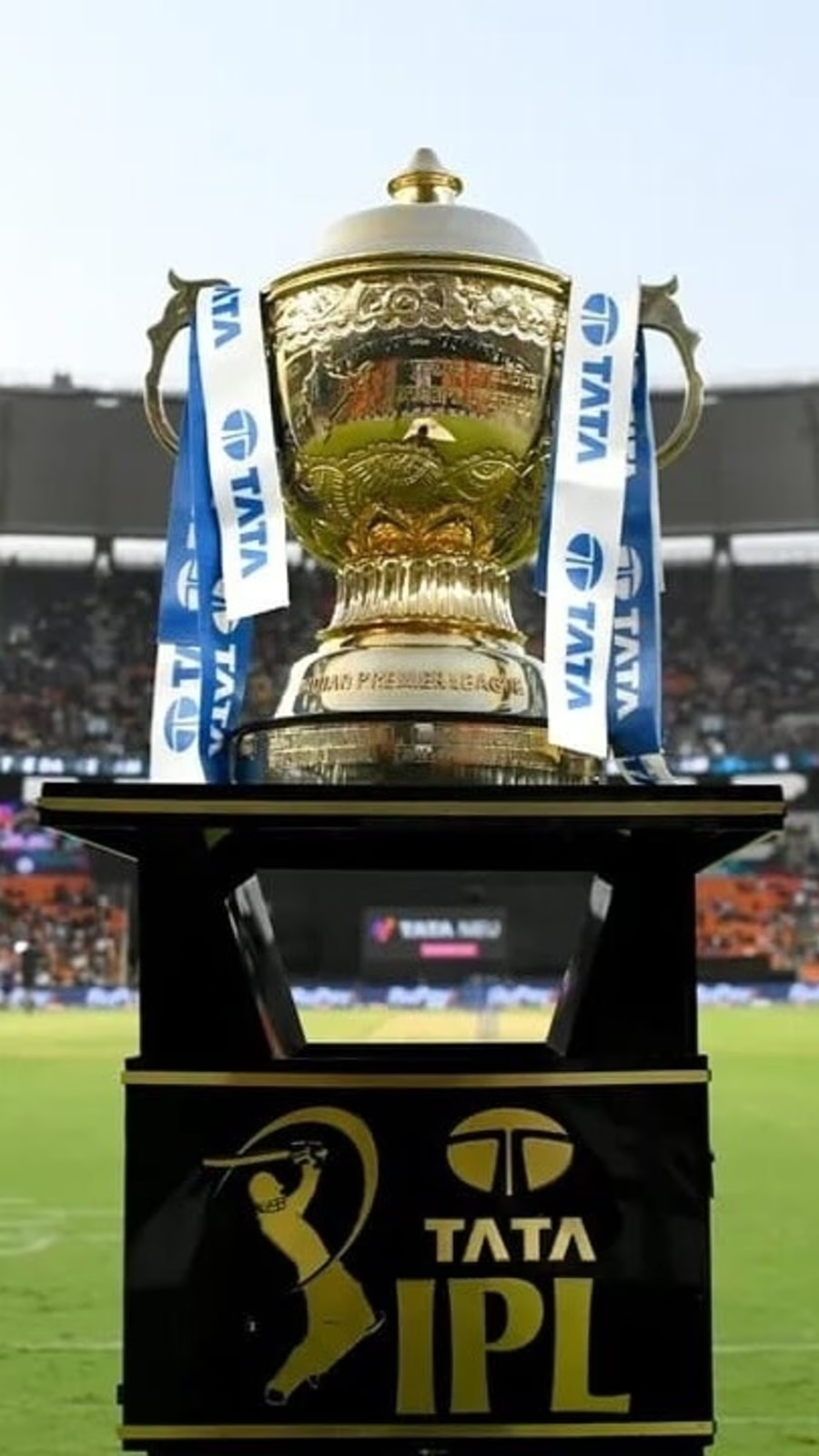
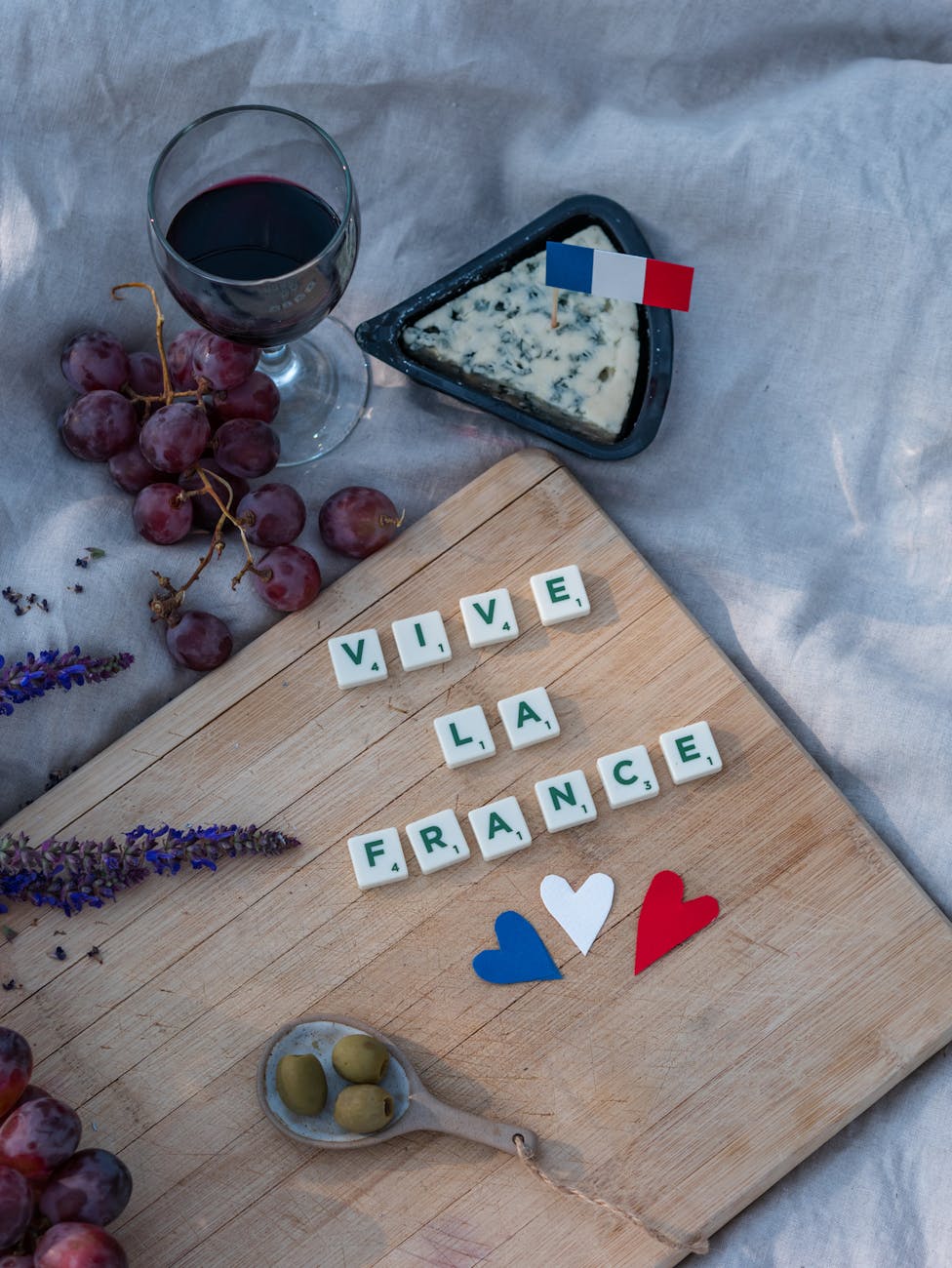
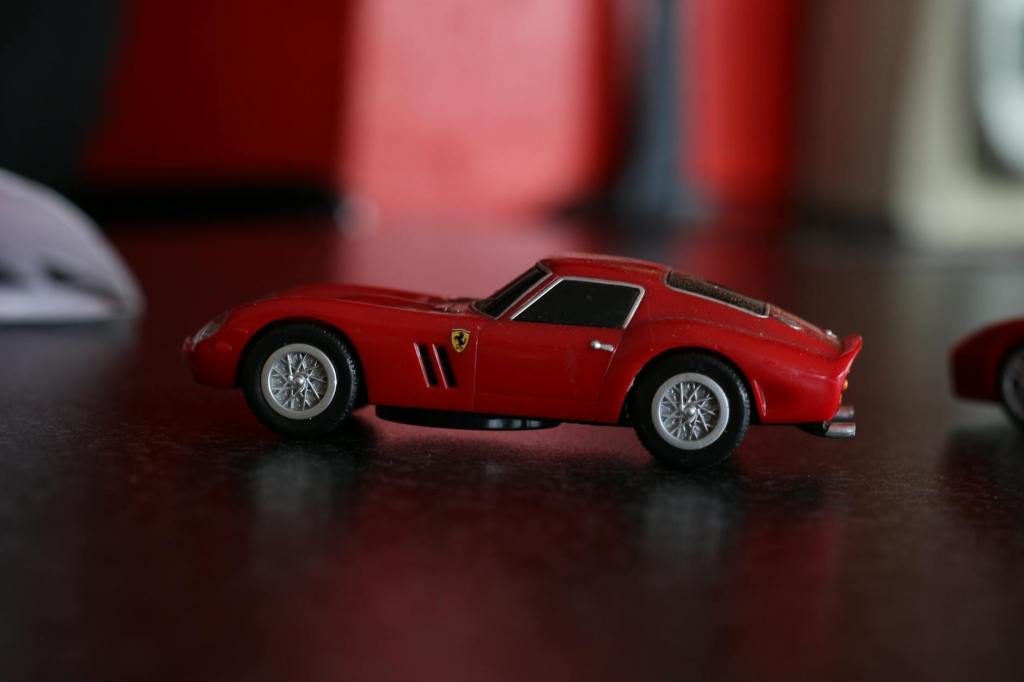
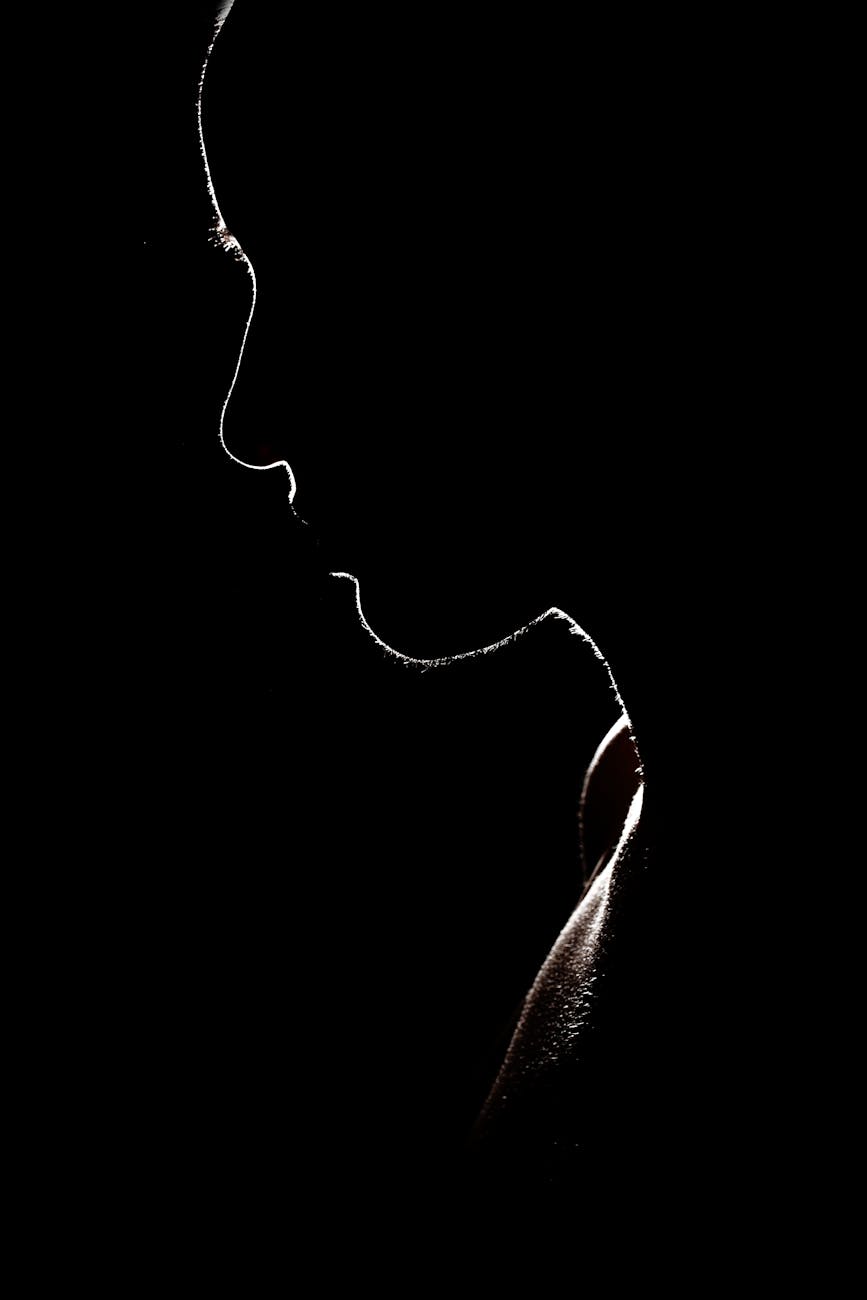

Leave a comment